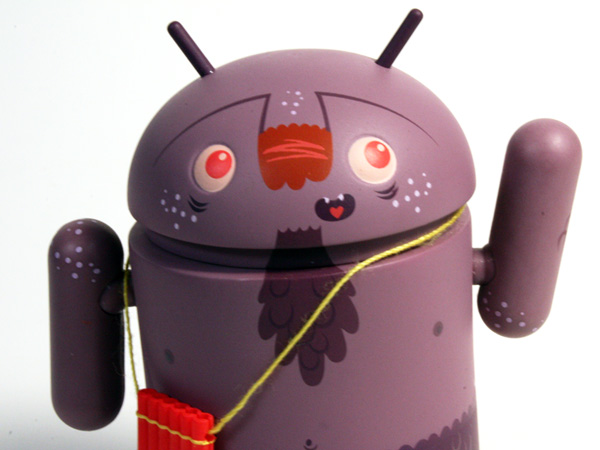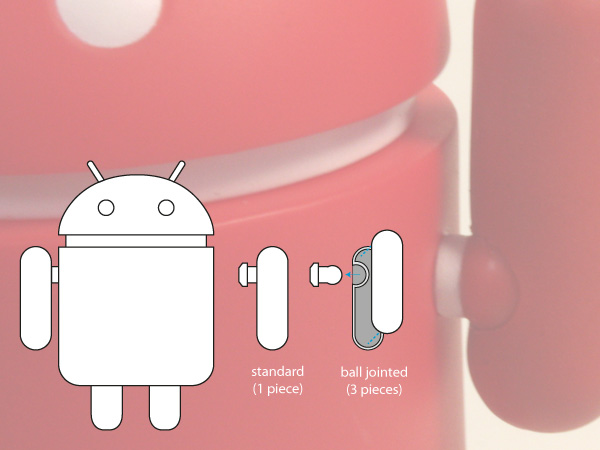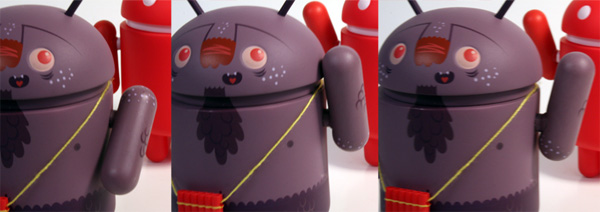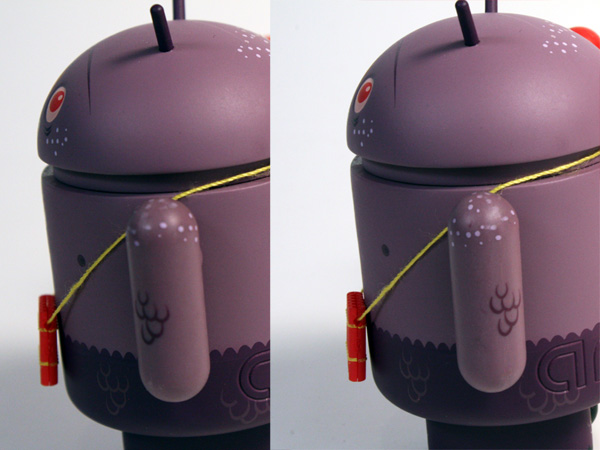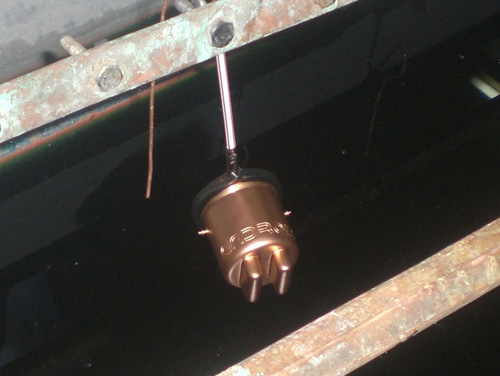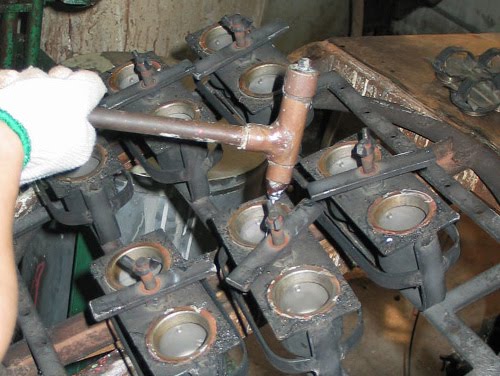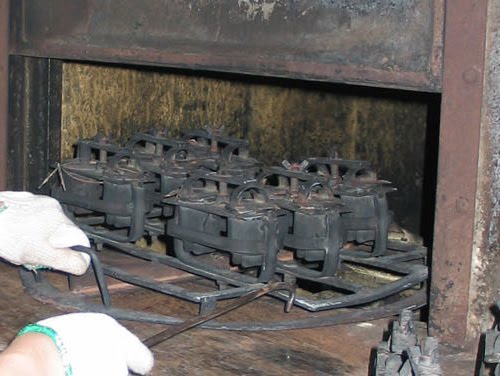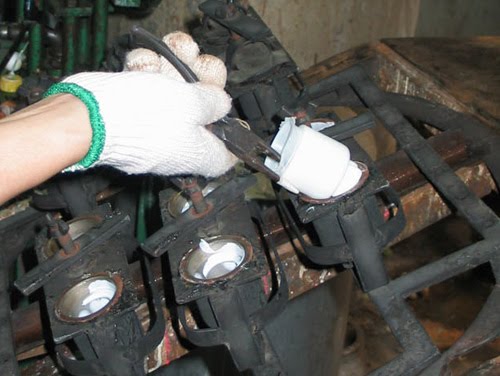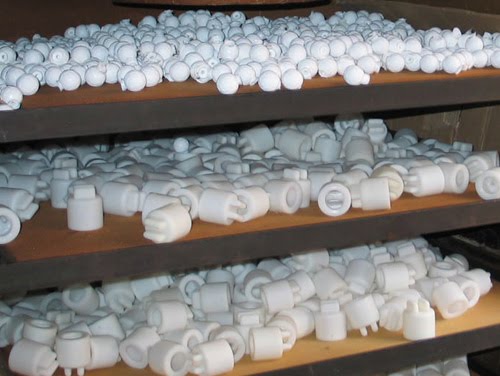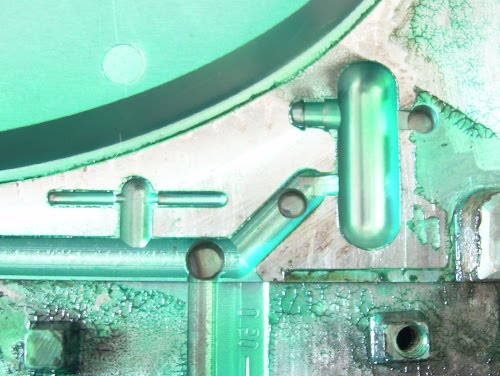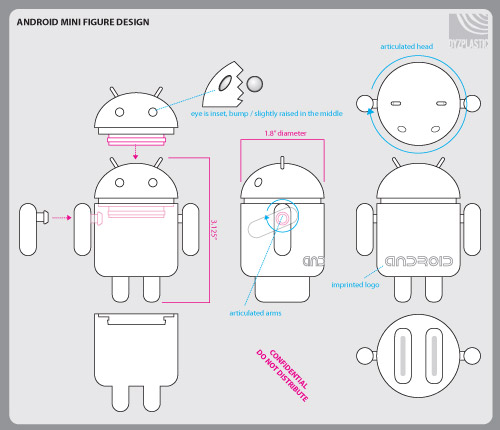Hello again everyone! Last time we were laying the groundwork for the project to move forward, now the real fun begins as a final figure is fleshed out.
Once we had settled on the basic design, I created this line art “turnaround” reference. This layout includes basic scale measurements and detail notations for the sculptor as well as joint notations for the factory. It was also the first time I was able to show the rest of the guys working on the project exactly what I had in mind from all angles… which meant this was the first time that they had seen their mascot with my “fat” legs design.

This naturally lead to a discussion on the best way to create a compelling figure while staying as true to form as possible. Using brand-accurate rounded cylindrical legs would pose a problem, our little Android wouldn’t be able to stand up on his own! Being an avid collector myself, figures flopping over and taking Olympic caliber Shelf Dives is one of my pet peeves. The collector in me also knew that a stand is usually just an extraneous piece of plastic bound to be lost or broken. So I presented the team with a number of options including the above “fat” leg, which is brand-accurate from the front and at an angle, but not from the side; a short-round leg which was cylindrical, but had to be comically short to maintain a low center of gravity; and thin semi-rounded legs that could be longer, but would need to be angled to create a more stable triangular base.

Here is the final template, you can see which legs won in the end! I am still confident that this was the best balance of brand accuracy and real-world practicality. You can see on the lower right an area marked “Pantone reference”. For those unfamiliar with design in general, Pantone is an industry standard color reference guide. On-screen colors are often quite different from physical paint colors, so it is important to have an agreed-upon color goal. Typically a designer will have a book of color swatches and a factory will have the same book along with a formula guide to reproduce that exact color in paint.
Ok, maybe NOW the real fun has started. Designs are roughed out, refined and placed into the standard layout template. Here’s an edition of Creature Android that was a little too busy, we dropped the cityscape and the flames, but most of the design remained intact through the final round. Some other designs weren’t so lucky…
This guy never made it past revision 1. With plenty of design ideas around and a limited number we could produce, it was important to balance variety, novelty and fun. There were some good designs that hit the Series 1 cutting room floor, but hopefully we’ll be able to revisit a few of those in the future!
Next Installment: Sculpting, packaging.
